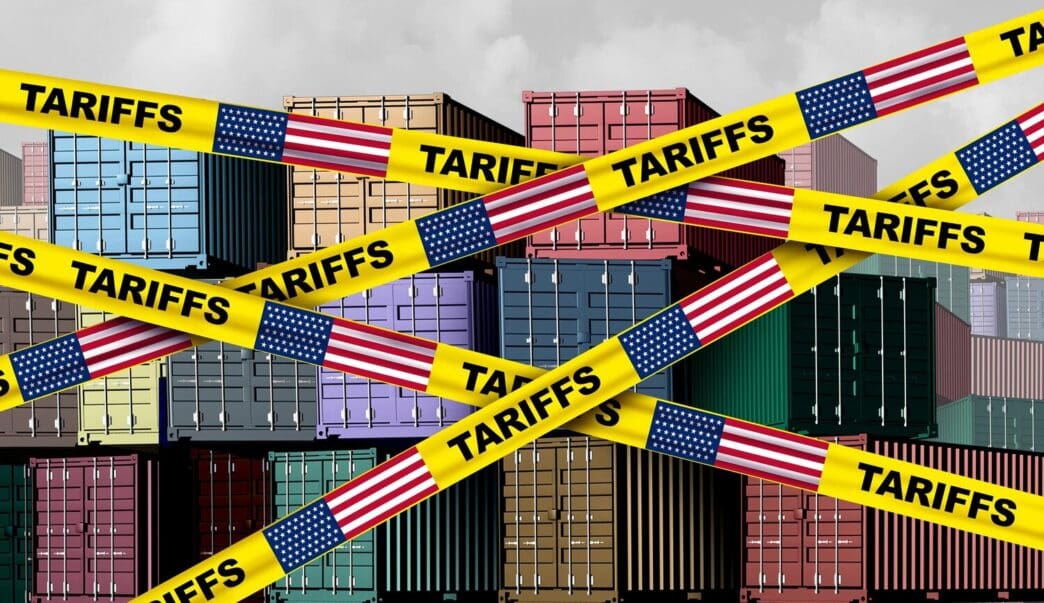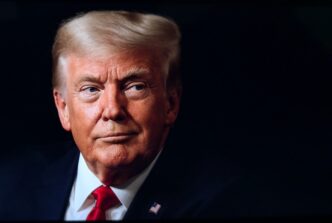Executive Summary
The Story So Far
Why This Matters
Who Thinks What?
Trade relations between the United States and India have significantly deteriorated, with the US imposing substantial tariffs on Indian goods after a period of previously strong diplomatic engagement. As of August 27, most Indian products entering the US market are subject to a 50% tariff, a rate considered among the highest globally. This escalation follows a failure to reach an agreement during recent trade talks, further exacerbated by President Trump’s announcement of an additional 25% tariff on India over its purchases of Russian oil.
Escalating Tensions and Economic Repercussions
The current state of affairs marks a dramatic shift from June 2023, when Indian Prime Minister Narendra Modi made a state visit to the US. During that visit, then-President Joe Biden underscored the importance of the relationship, describing it as one of the defining partnerships of the 21st century. However, the breakdown in trade negotiations has since led to the imposition of severe tariffs, causing alarm in Washington over the stability of a key strategic partnership and significant concern in India regarding the impact on its rapidly growing economy.
The US is India’s largest trade partner, with India exporting approximately $87 billion worth of goods to the US in 2024. Projections from the Global Trade Research Initiative indicate a potential decline of over 40% in this figure by 2026, dropping to around $50 billion. Key Indian exports such as textiles and jewelry are particularly vulnerable, with some sectors facing a potential collapse in export volumes and hundreds of thousands of jobs at risk, though the overall impact on the “real economy” is expected to be limited.
Perspectives on the Dispute
Analysts offer varying interpretations of the trade dispute. Rick Rossow, for instance, suggests that Trump was justified in criticizing India’s “protectionism.” However, Rossow also notes that the tools and rhetoric being employed are “harsh” and are increasingly causing political damage to Prime Minister Modi domestically. Sushant Singh posits that the breakdown in negotiations may be connected to the India-Pakistan conflict and Donald Trump’s involvement in ceasefire discussions, rather than solely India’s continued acquisition of Russian oil.
From an economic standpoint, the balance sheet appears to heavily favor the US. In 2024, the US exported about $42 billion worth of goods to India, less than half the value of Indian exports to the US. This disparity suggests that India stands to incur greater economic losses from the tariffs. Under Trump, the US is perceived to be approaching its relationships with China, India, and the broader Indo-Pacific region with a different strategy, potentially leaving India with limited leverage in the current trade standoff.
Broader Strategic Implications
Beyond direct trade, the tariffs threaten previous US initiatives to shift some manufacturing operations from China to India. While some Indian workers have been compelled to leave the US, prominent Indian-American technology leaders have largely remained silent on the actions taken by President Trump. The primary risk for the US, in this context, is not purely economic but geopolitical. A potential alignment between China and India, with India accepting a slightly diminished regional role, could emerge, which would be geopolitically detrimental to the United States.
Despite the current tensions, a trade deal between India and the US remains a possibility. New Delhi is reportedly eager to finalize an agreement and is keen to provide Trump with a diplomatic “win.” Such a resolution would be mutually beneficial, especially given both nations’ shared concerns about China’s growing influence and the strategic importance of a strong partnership for regional security and economic growth. The ongoing trade challenges are also seen as a significant domestic threat to Prime Minister Modi, potentially compelling him to seek a resolution.








